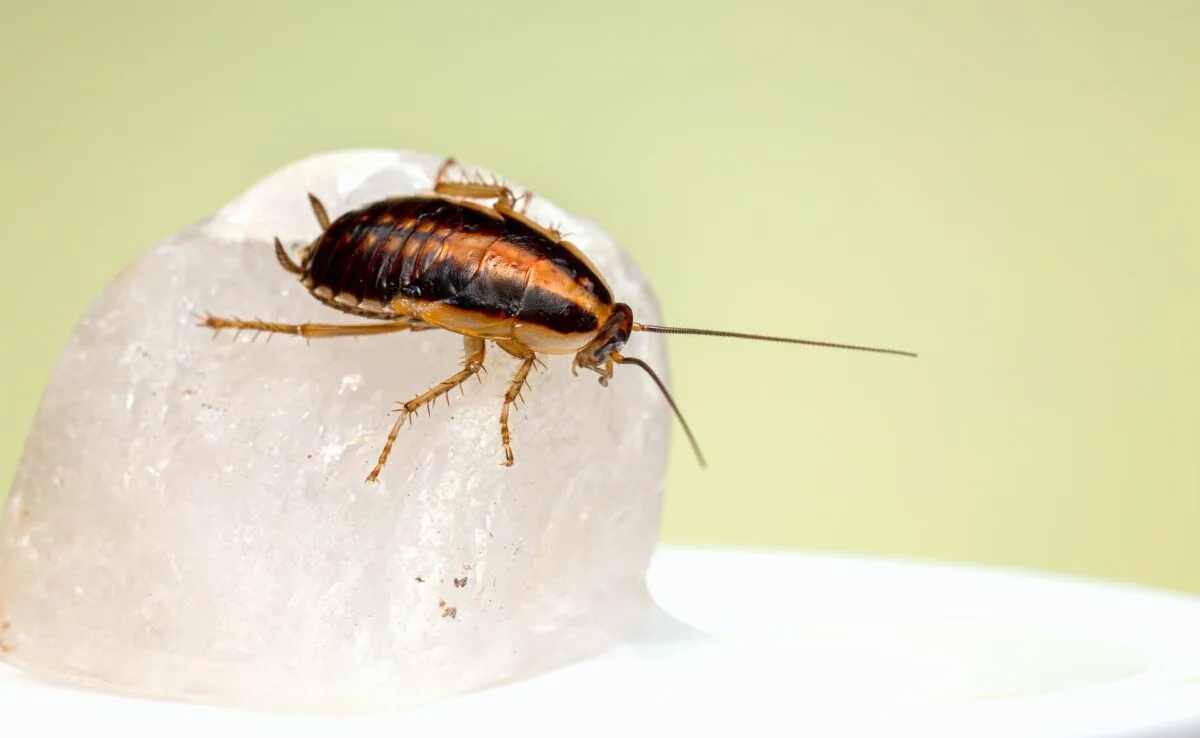Ever wondered what the top 5 creepy cockroaches in the American state of Ohio are? Well, you’ve arrived at the right place to answer that question.
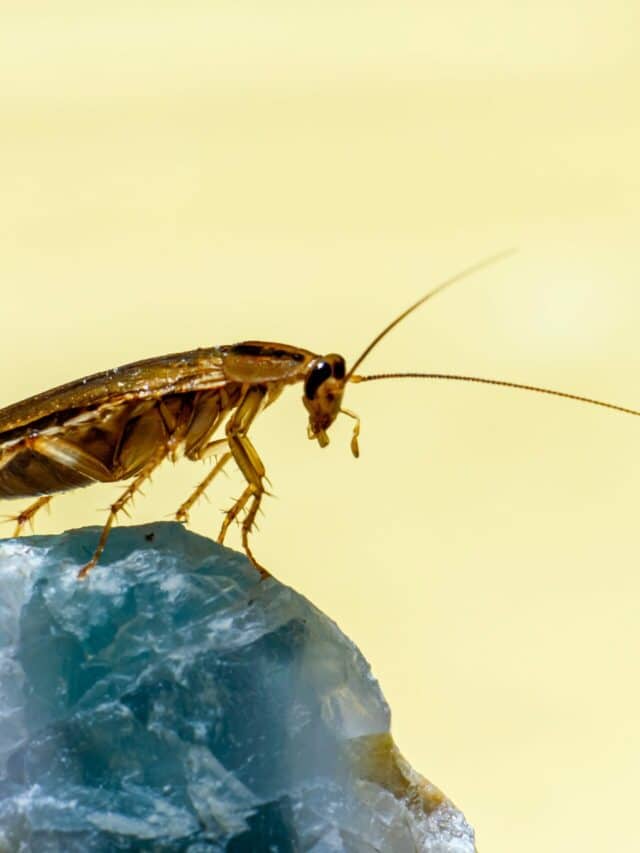
Pests like cockroaches are available everywhere around the world. Just like other states, Ohio has multiple varieties of cockroaches in houses, gardens, and workplaces. They are survivors everywhere, and people always use tactics to get rid of these creatures.
If we study the history of cockroaches, they have been present for 300 million years. Moreover, they stay hidden during the day while they come out at night. It is because they are nocturnal insects and come out at night to search for food.
They are strong and have the ability to live ten days without their head. It is because they have an open circulatory system and breathe through little holes in their body segments. Thus, they are not dependent on the head or mouth for breathing. These roaches only die if they don’t drink water, because of thirst.
Creepy cockroaches in Ohio and anywhere in the world can breathe for 30-40 minutes in the water. They can live deep in water to regulate the loss of water. Also, they have the ability to run up to three miles in one hour.
Learn more about the Early Signs Of Cockroach Pregnancy and Surprising Facts about Cockroach Babys.
Want to jump ahead? Click below
Types of Roaches in Ohio
In Ohio, five types of creepy cockroaches live in the state. Let’s look at these five types and the characteristics that differentiate them. These types are
- German cockroaches
- American cockroaches
- Brown-banded cockroaches
- Oriental cockroaches
- Pennsylvania wood cockroaches.
#1 German Cockroaches
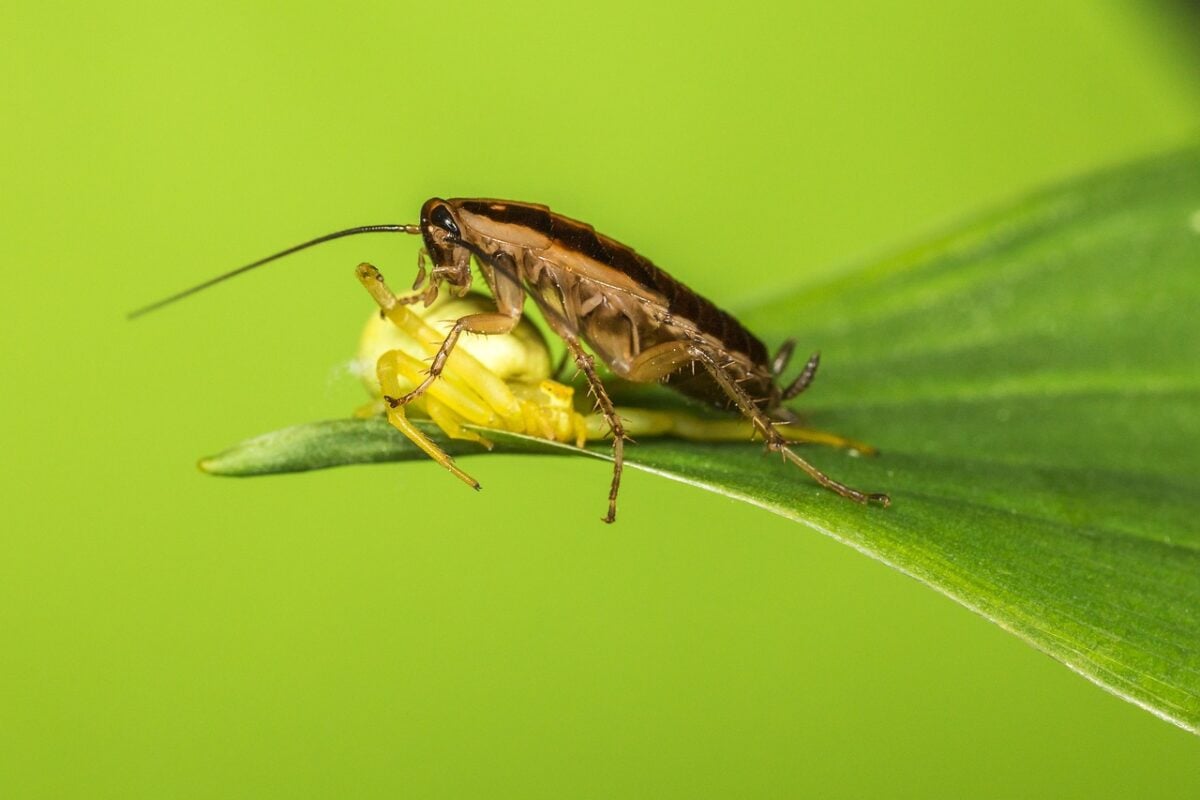
German cockroaches are the most common type of creepy roach in Ohio. It lives in colonies and forms multifamily dwellings. These cockroaches are found in restaurants, living areas, kitchens, and industrial areas. They cannot survive in cold temperatures. Moreover, they are unable to colonize in the northern climates or cool areas.
Thus, Ohio is a temperate area so these roaches can survive easily there. Also, they stay and colonize abruptly in houses with a central heating system. Moreover, they live in places where adequate food, water, and harborage are present.
The eggs of the German roaches are present in egg cases or are named ootheca. Before hatching, the female keeps the roaches in these egg cases. The ootheca protrudes out from the posterior end of the female. Nymphs hatch out from this ootheca, and the female still carries it for some time.
Furthermore, an egg case of the female roach is about 30 to 40 eggs. The case egg is a brown, tiny, and purse-shaped capsule. Also, it is about 2mm high, 8 mm long, and 2mm wide. Larva or Nymph stage begins with egg hatching and ends with the adult emergence.
The nymphs are dark brown to black, having distinct dark parallel bands that run the length of the pronotum. Also, nymphs don’t give wings and reach the adult stage; the number of molts at this time is six.
During this development, stage nymphs look for food and water. The adults are 10 to 15mm long, having distinct parallel bands that run towards the length of the pronotum. The males have a body that is thin and slender. Their posterior abdomen is tapered, and terminal segments of the abdomen are visible.
In contrast, the female body is stout, the posterior abdomen is rounded, and the tegmina covers the entire abdomen. The German cockroaches are the dirtiest cockroaches that leave behind stains and odors.
These invaders are big, and their species grow to half an inch. Also, they are known as the fastest-growing cockroaches and present around fixtures. They are in single-family homes, commercial kitchens, and multi-unit apartment buildings.
The German cockroach has three life stages: egg, nymph, and adult. Thus, the whole life cycle is completed in 100 days. Factors like temperature, strain differences, and nutritional status may impact the cockroaches’ life cycle.
#2 American Cockroaches
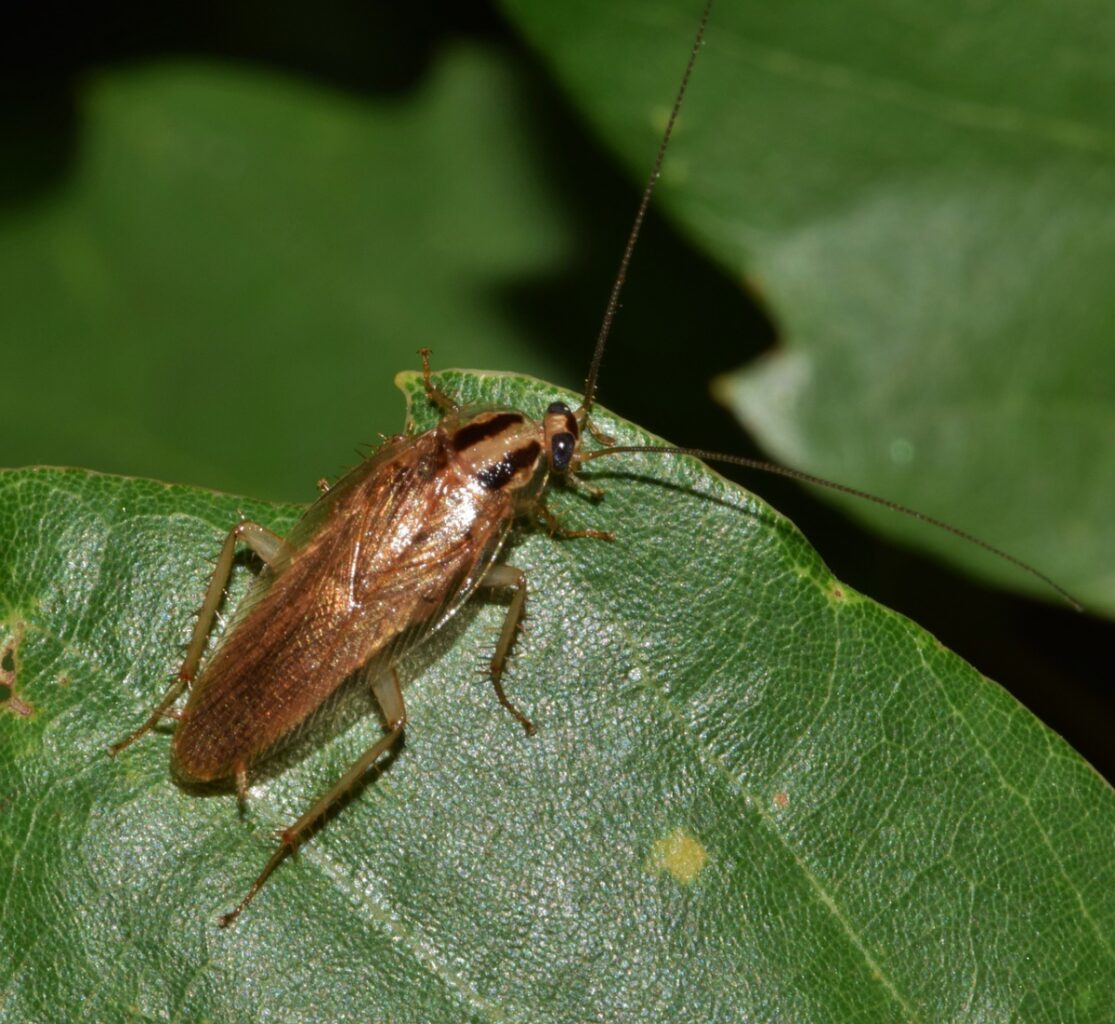
Another common type of creepy cockroach in Ohio is the American species. You may think they are from America, right? You are unfortunately wrong, they are not. These are larger cockroaches and are 2 inches long. As a result, the roaches found in Ohio are very long.
They are fast runners and run away when the lights are on. You find them commonly in food preparation areas and restaurants. Adults are red-brown and have yellow markings on the pronate. The pronotum is hard to shield and is present just above the head.
Adult American cockroaches have wings and the ability to fly short distances. American cockroaches can bite and may cause infection. If there is more redness or itching, it is important to seek medical attention.
These cockroaches love warm areas. You find them outdoors, inside a structure, or deep in the sand. You also find American cockroaches in drains and sewers. American cockroaches are the most populated species present in the sewer system of Ohio.
About 5,000 individual American cockroaches are present in a single sewer manhole. Also, they are present in humid areas like mulch piles and flowerbeds. Also, they are present in yards and alleys.
Like the German cockroaches, these roaches also have three stages in their life cycle. One is an egg, a nymph, and an adult. The eggs are laid in dark brown capsules and are 5/6-inch in length; the female drops her eggs in the capsule in a day in a suitable location with food or a protected area. Each capsule contains 14 to 16 eggs. Moreover, each female produces 15 to 90 egg capsules.
The egg stage varies from 29 to 58 days, and nymphs hatch out in 50 to 55 days. The tiny creatures are grayish brown, and after a few days, they turn reddish brown. The average number of offspring per year is 800. Also, an adult female can live for about 15 months, while males have a somewhat shorter period.
The American cockroaches are opportunistic and omnivorous feeders. These creatures feed on decaying organic matter and consume almost everything in their environment. Also, these roaches prefer sweets and are observed eating paper, hair, boots, fruit, book buildings, old rice, peanuts, putrid sake, soft parts of animals, dead insects, and cloth.
#3 Brown Banded Cockroaches
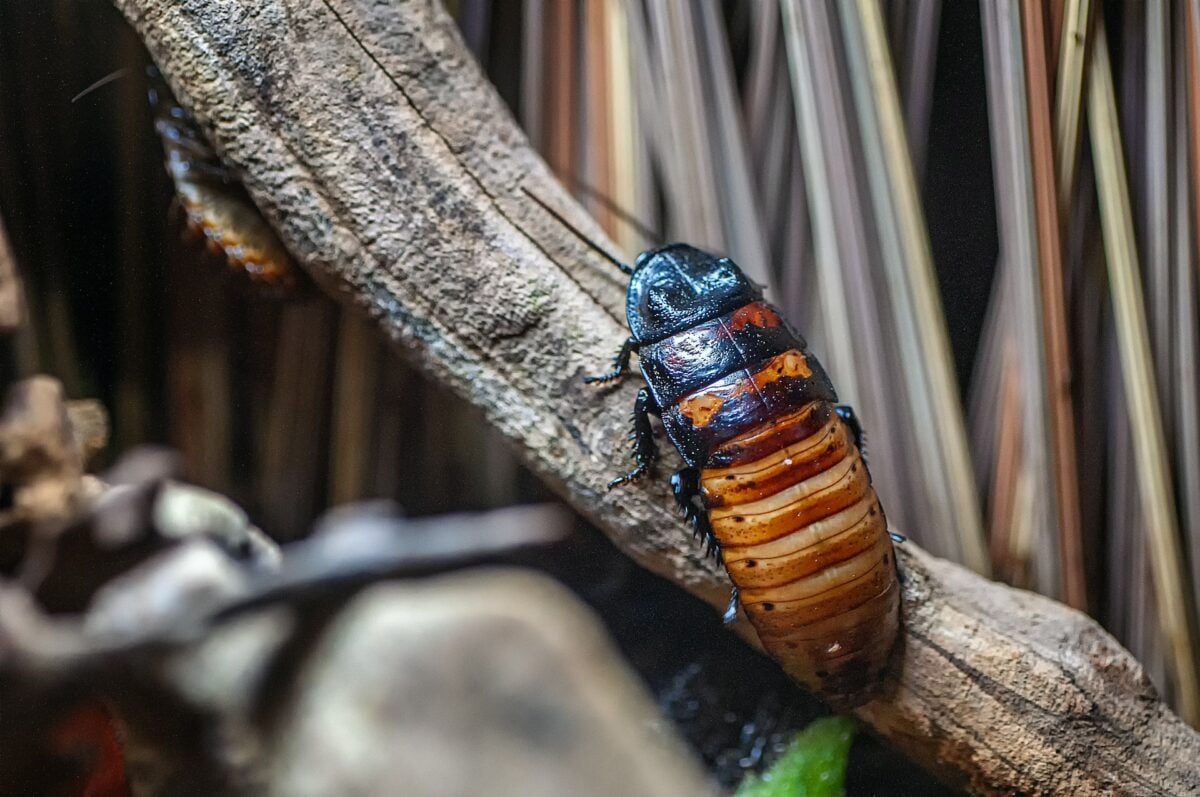
Ohio’s third creepy roaches are the Brown-banded cockroaches; they get their name because they have brown bands on the abdominal part of their bodies. In the male, the narrow bodies have amber-colored marks. The female body is dark brown. The roaches have short lives and live around one year only. Cockroaches jump and move when startled.
Brown-banded cockroaches are invasive species. Moreover, they have two light brown bands around their dark brown bodies. The bands are present on the wings of the adult and are prominent on the nymph’s body.
This cockroach entered the United States back in 1903, traveling from Florida to Cuba, now they are seen throughout the US. Brown-banded cockroaches are found in households and cabinets. Also, they are located behind picture frames and bathrooms.
The species lives for about 206 days, and their reproduction rate is high. Females lay eggs in a capsule shape, and each capsule has around 10 to 18 eggs that allow species to populate quickly. The brown-banded cockroach is nocturnal and moves during the day because of its small size. In these spaces, they go undetected.
These brown-banded cockroaches have two light brown bands around their dark brown body. These are approximately 1/2 inch long. The brown species of roaches have full wings on their pointed abdomens. Furthermore, females have underdeveloped wings, due to which they are unable to fly.
Appearance wise these roaches are oval in shape, with two long antennae and six legs. The color helps in blending the furniture, food, and cabinets. Female roaches are darker than males.
Talking about their diet, these brown-banded cockroaches feed on food items, trash, boxes, and drapes. They also eat away starch in the book bindings and wallpaper glue. These roaches also eat pastes and dyes, like a portion of wallpaper and envelopes. Entering homes using unsuspecting humans to carry them in, while holding furniture, food, and grocery items. The roaches remain anywhere they get warm, dry shelter and food.
These roaches also live in electronic equipment like motors and refrigerators. Moreover, they avoid water and bright light. Also, they are not easy to spot because of their small size and brown color. These roaches are nocturnal and active at night. However, these roaches stay hidden most of the day. If disturbed, females run away, and males take flight.
#4 Oriental Cockroach
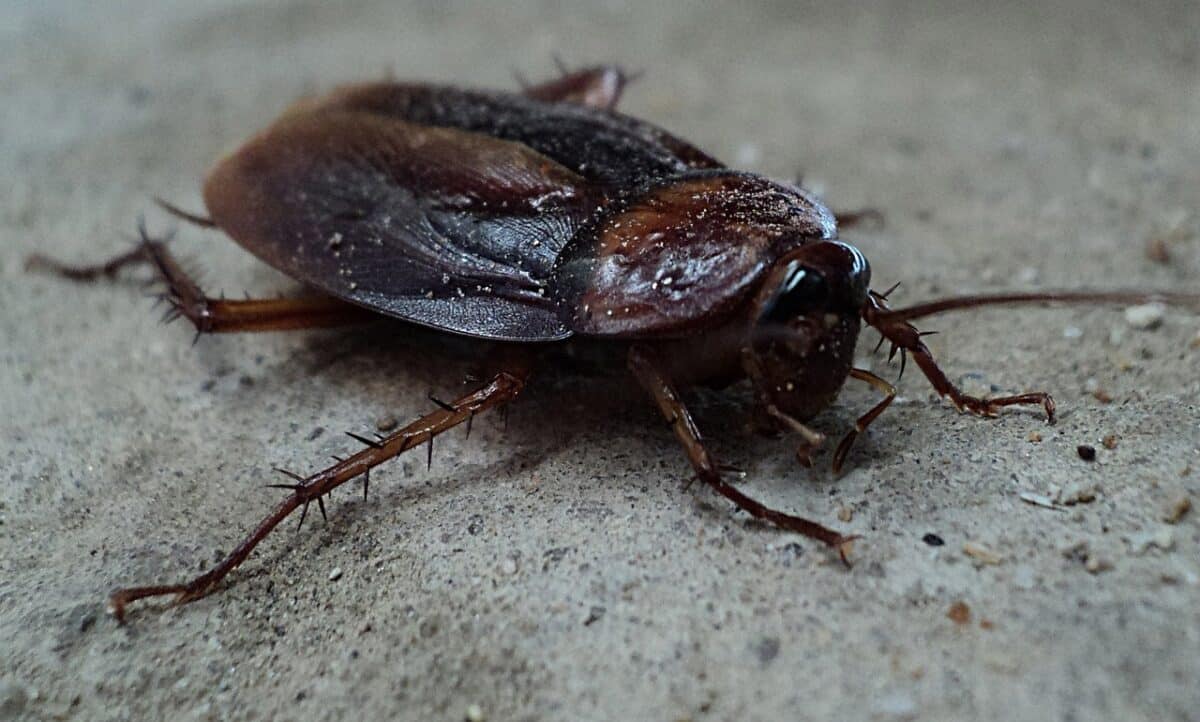
Oriental cockroaches in Ohio are the larger creepy types, also known as water bugs. It is because they live in damp areas. The black beetle cockroaches have smooth, dark bodies.
This species of cockroaches enter the house by moving under doors and through gaps under the siding of sewers, pipes, and drains. They have a shiny, dark reddish-brown color and are large in size.
Both male and female roaches are different from each other in appearance. These species are shorter in length, with males being three-quarters shorter.
The female Oriental roaches have 32 mm lengths, and they lack wings. They have wing pads that cover some of the first body segments. The wings of both male and female roaches are not supportive, so both can’t fly.
Oriental cockroaches are present under debris, such as stones, leaves, and firewood. They also love openings or holes in the porches. Moreover, they live in natural habitats and invade their homes during the summer.
These can easily enter through thresholds and find harborage in basements and crawl spaces. If we talk about its diet, it feeds on different foods like organic matter, garbage, and starchy food.
This species of cockroaches can survive for a month if they don’t get food. But if they don’t get water for about two weeks, they die from dehydration. Thus, they are heavily dependent on water and stay in groups near water sources.
Also, these cockroaches have a tendency to tolerate cold environments and can live in areas that are not much warmer. They hibernate in cold weather, while in summer, they come out and stay in quiet spaces where they lay eggs. Their egg case is about 8 to 10 inches in length and appears during the time of infestation.
The 10 egg cases of oriental cockroaches are dark brown or red in color, and each egg case comprises about 16 eggs. Then these convert to nymphs, and they become complete adult cockroaches after a few days.
One of the facts about these cockroaches in Ohio is that they secrete chemicals for communicating with each other, and these chemicals have a notorious smell.
#5 Pennsylvania Wood Cockroaches
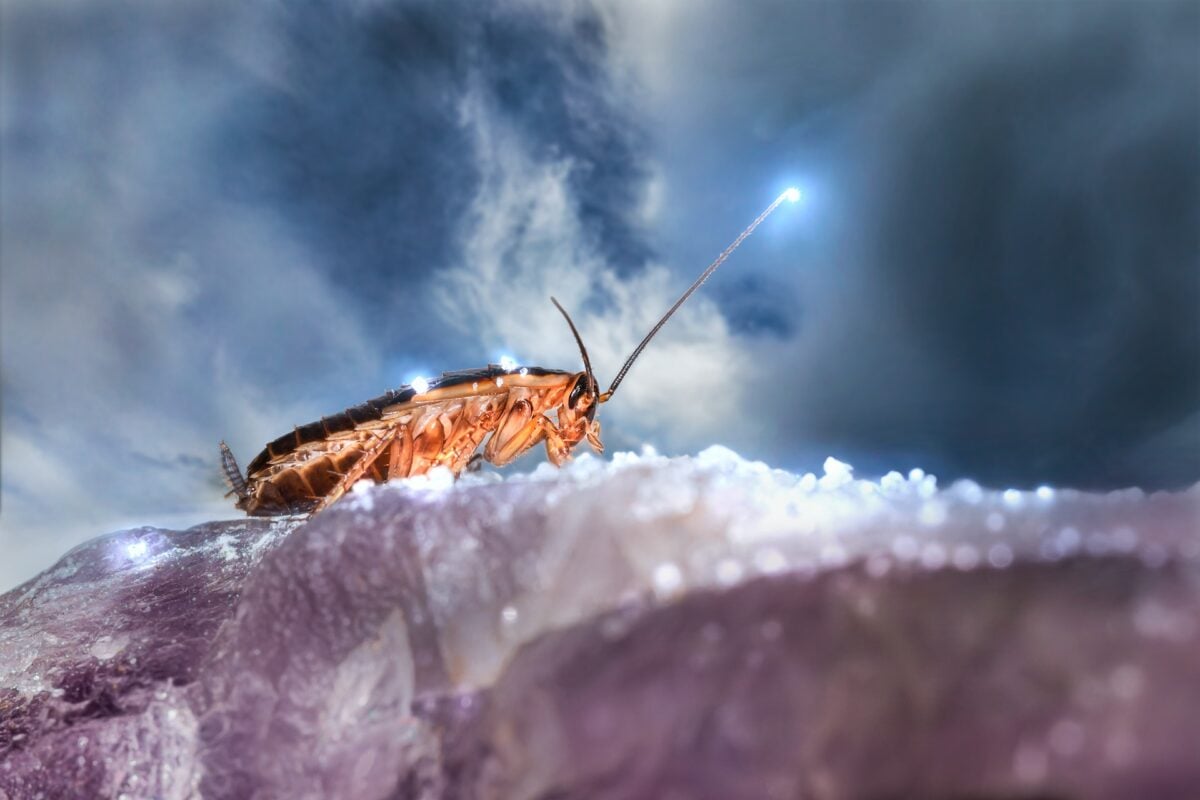
These creepy cockroaches are the most common insects, and many are present in Ohio too. These are the oldest species and have been in the world for over 300 million years. These cockroaches are an adaptable and prevalent household pest in the state.
Many people consider the Pennsylvania wood cockroach a nuisance pest in homes. They inhabit homes that contain firewood brought in from the outside. They also relocate to places surrounded by or near the woods.
Adult males are approximately 1 inch long, while females are about 3/4 inch long. They are dark brown in color on the thorax side, while the female’s half-body is yellow in color. Adult males have full wings, while females have wing pads, so they can’t fly.
The adults and nymphs of these species can be found outdoors under the loose bark of stumps, woodpiles, and hollow trees. Moreover, they mate during the summer, mainly in May and June.
Male cockroaches move in groups and can fly long distances. They are attracted to light at night and move toward these spaces. These species are also found in large numbers in gutters.
Pennsylvania cockroaches feed on organic matter and eat everything they find. They also eat starches, glues, dead matter, fruits, and the dead skin of other insects.
Just like other species, Pennsylvania wood cockroaches have three developmental stages. That is an egg, a nymph, and an adult. The females lay eggs in capsules and deposit these in the loose bark of dead trees, slumps, and fallen logs.
The capsule is yellowish-brown in color and is curved on both sides like a half-moon. Capsules are two times longer as compared to their width. Each contains 32 eggs, and the egg stage lasts about 34 days. The average temperature of survival is 80°F.
These wood roaches are harmless, and they only cause damage to wooden structures. Also, these roaches don’t mind light, which means they are truly nocturnal. Moreover, they live in unused light sockets. In comparison to buildings, they prefer to live in rotting logs and damp vegetation.
Wrapping up on Cockroaches in Ohio
Creepy cockroaches in Ohio are present in buildings, under sewers, wood logs, and restaurants. The Pennsylvania wood roaches are able to take true flights, while oriental roaches do not fly. The life cycle stage of all these five species is the same. They all-lay eggs that are in capsules, their eggs are then converted into nymphs, which are then transformed into adults.
Flying cockroaches have two sets of body-length wings; non-flying cockroaches lack long or shorter wings. These cockroaches in Ohio live in man-made dwellings. Roaches stay in warm areas and are active during the night.
Only Pennsylvania cockroaches can stay active during the night and are attracted to the light. Thus, they don’t mind if they see the light. Most roaches live in undisturbed places. If someone is present, they run or fly from that space.
Roaches are common in Ohio. They are a nightmare for homeowners because they infest the home and create unsanitary conditions. Thus, people keep cleaning their spaces to get rid of these notorious pests.
Learn more about How To Get Rid Of Cockroaches.
Join our Forum for free today!

- Beachgoers Save Massive Shark Stranded In Florida - July 22, 2024
- Pit Bull Rescued From Being Chained Its Whole Life Gets A Surprise - July 21, 2024
- Dog With Zoomies Takes Flight Into Barley Field - July 21, 2024

